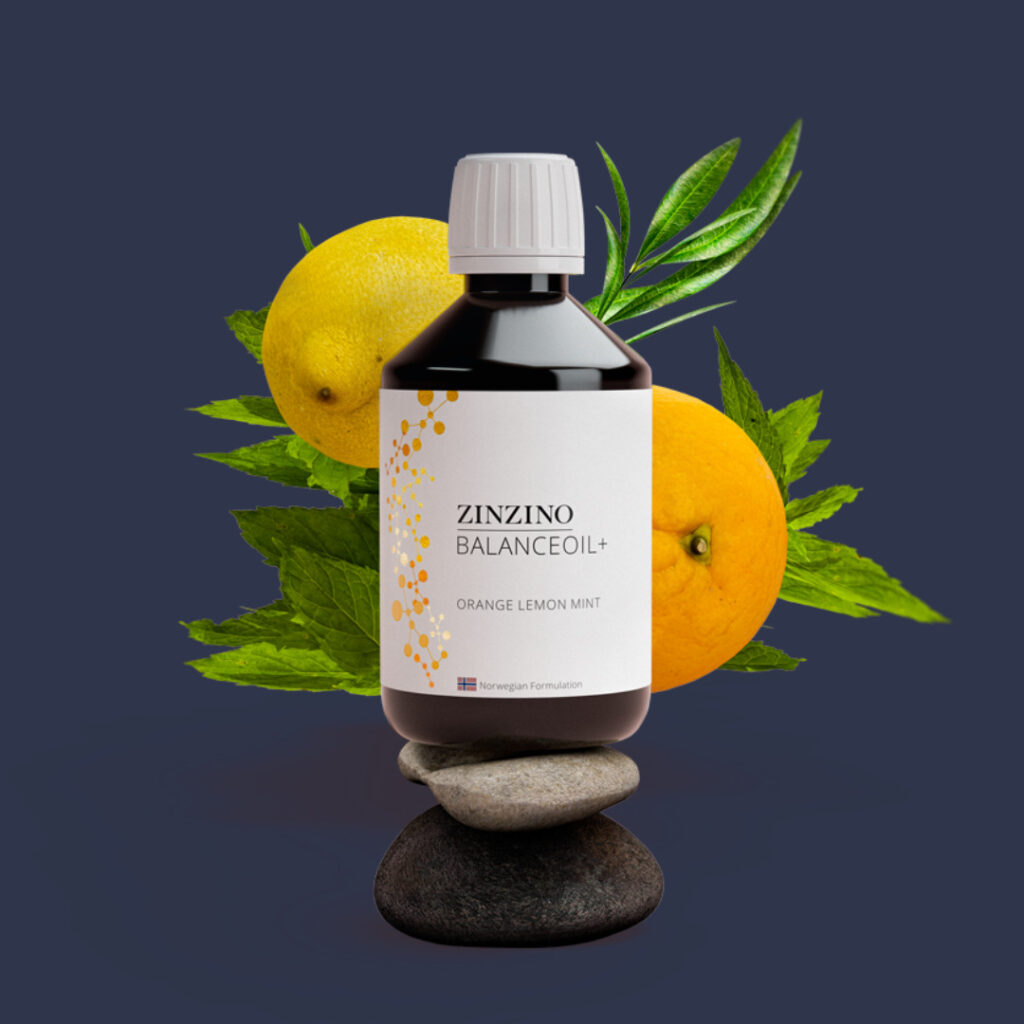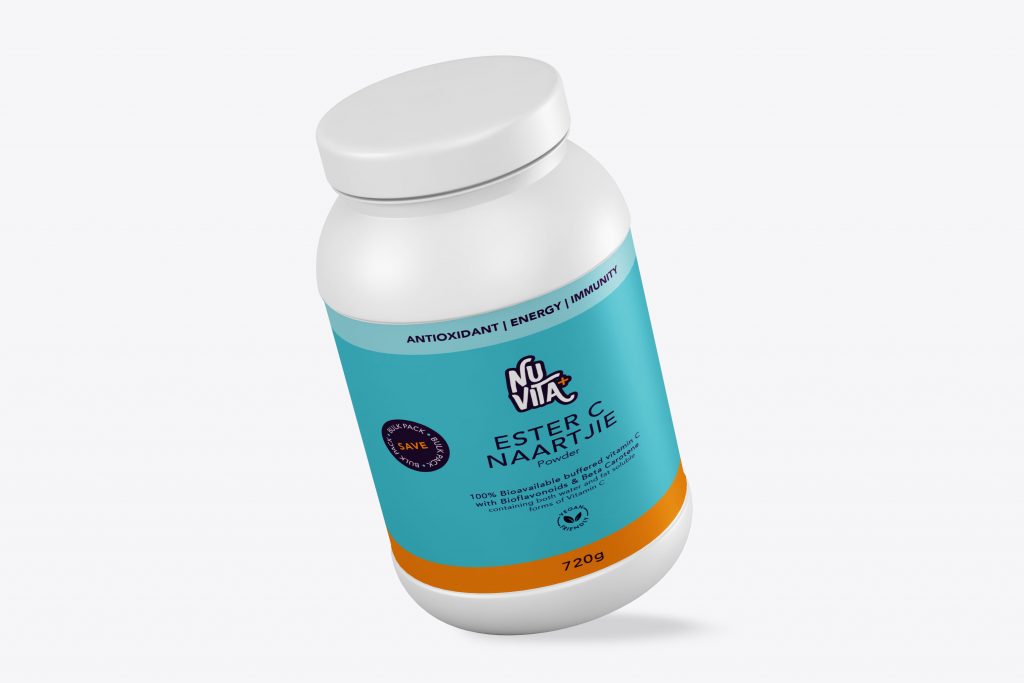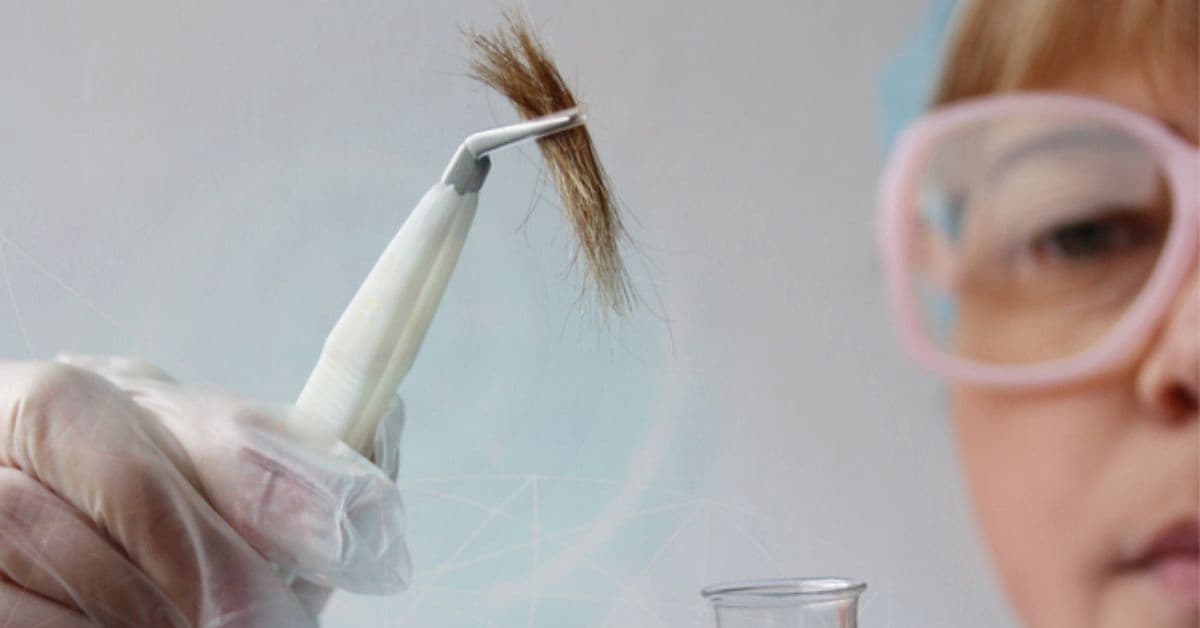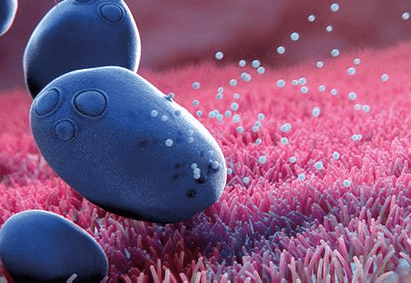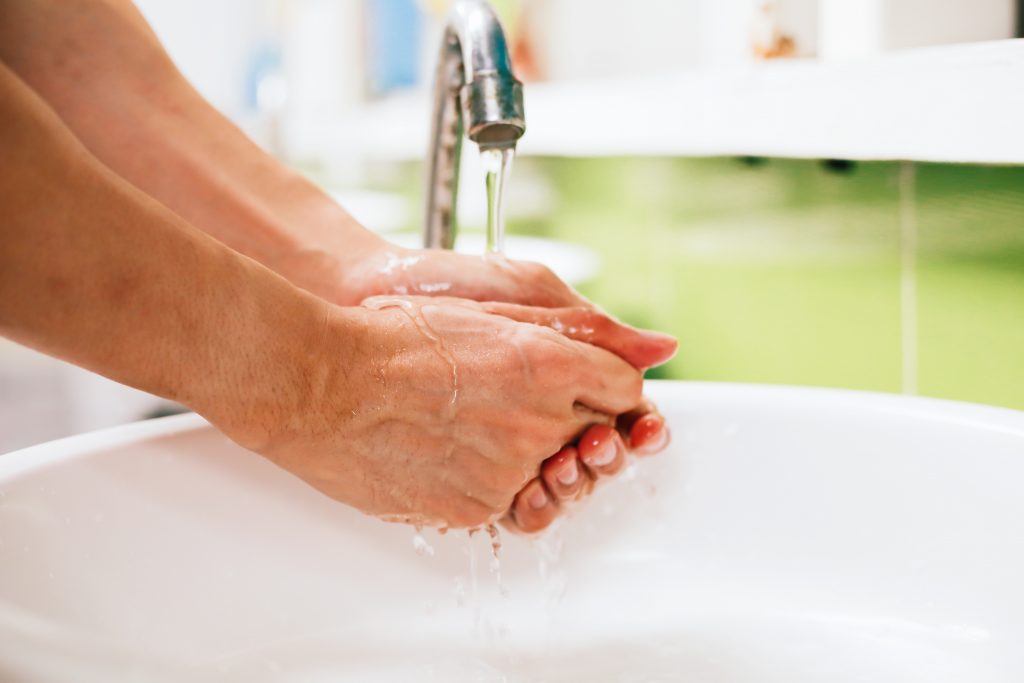
Ensuring your health and well-being often starts with simple habits like washing your hands. While it might seem like an automatic action, the importance of hand hygiene cannot be overstated. In this article, we’ll dive into why washing your hands after using the bathroom is crucial, shedding light on the hidden dangers of neglecting this essential routine. So, let’s explore why it’s more than just a good idea to wash your hands – it’s a fundamental practice for natural health enthusiasts.
Unmasking the Germs
Ensuring your health and well-being often starts with simple habits like washing your hands. While it might seem like an automatic action, the importance of hand hygiene cannot be overstated. In this article, we’ll dive into why washing your hands after using the bathroom is crucial, shedding light on the hidden dangers of neglecting this essential routine. So, let’s explore why it’s more than just a good idea to wash your hands – it’s a fundamental practice for natural health enthusiasts.
The Menace of Bathroom Germs
Bathrooms are home to a wide array of illness-causing bacteria, including E. coli, Salmonella, and Staphylococcus aureus. These harmful microbes can survive on surfaces for several hours, or in some cases, even weeks or months. Newman highlights the example of Clostridioides difficile, a gastrointestinal bacteria that can endure up to five months due to its protective “shell.”
Given this, regular handwashing after using the bathroom becomes a non-negotiable aspect of a healthy lifestyle. It’s not just about avoiding illness personally; it’s also about preventing the spread of these microbes to others. And this practice is particularly essential before preparing food, touching your face, or caring for vulnerable individuals.
The Domino Effect of Neglect
You might be thinking, “I don’t plan on doing any of these things after using the bathroom.” But here’s the kicker – neglecting to wash your hands can have a domino effect. Those germs you carry on your hands can easily transfer to other surfaces you touch, such as your keyboard, phone, or steering wheel. You might not realize it, but you could be introducing these microbes to your mouth, eyes, or nose without even knowing it.
The Right Way to Wash Your Hands
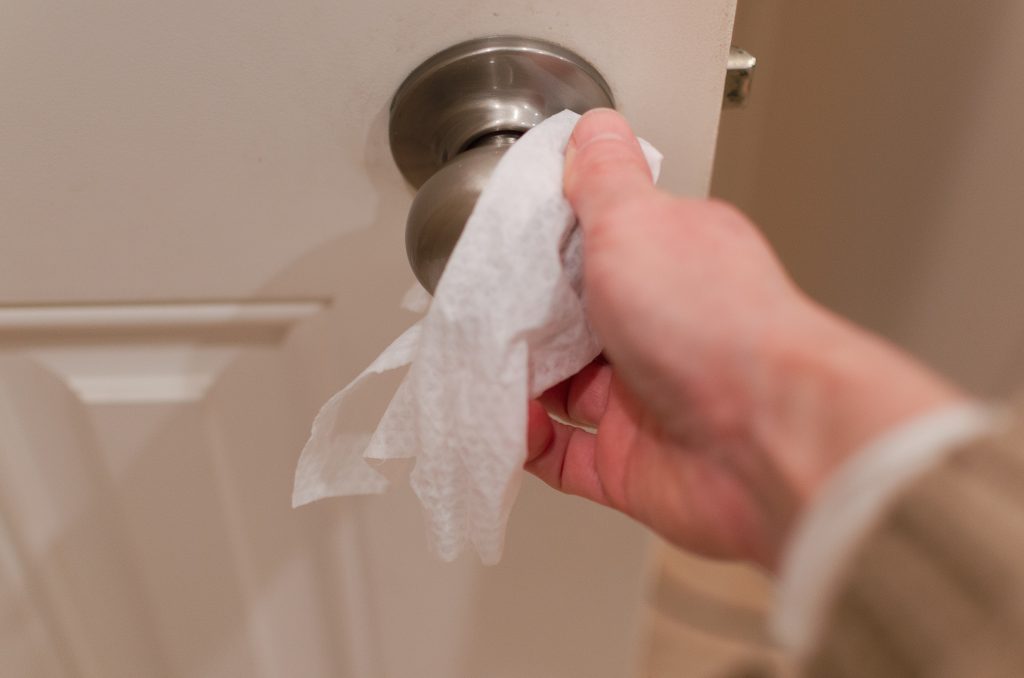
Proper handwashing is essential, and here’s the right way to do it, as explained by Newman:
- Wet your hands thoroughly.
- Add an ample amount of soap (about a nickel-sized portion) to lather and cover your hands.
- Scrub every part of your hands, paying attention to hard-to-reach areas like under your nails, between your fingers, the bottoms of your thumbs, and beneath any jewelry.
- Scrub your hands for at least 20 seconds.
- Rinse your hands thoroughly.
- Dry your hands using a paper towel.
Bonus tip: Use the paper towel to turn off the sink and open the bathroom door, minimizing the risk of recontamination.
In cases where a sink isn’t readily available, the CDC recommends using an alcohol-based hand sanitizer with at least 60 percent alcohol. However, bear in mind that handwashing with soap and water is always the superior choice, as it can effectively remove even stubborn bacteria like C. difficile.
Conclusion
In summary, handwashing after using the bathroom is more than just a hygiene habit; it’s a vital step toward maintaining your health and preventing the spread of harmful bacteria. By adhering to proper handwashing techniques, you can safeguard yourself and those around you from the invisible dangers lurking in the bathroom. So, next time you’re tempted to skip the sink, remember that those 20 seconds of handwashing are your shield against illness and the key to natural health. Don’t underestimate the power of clean hands – they’re your first line of defense.

